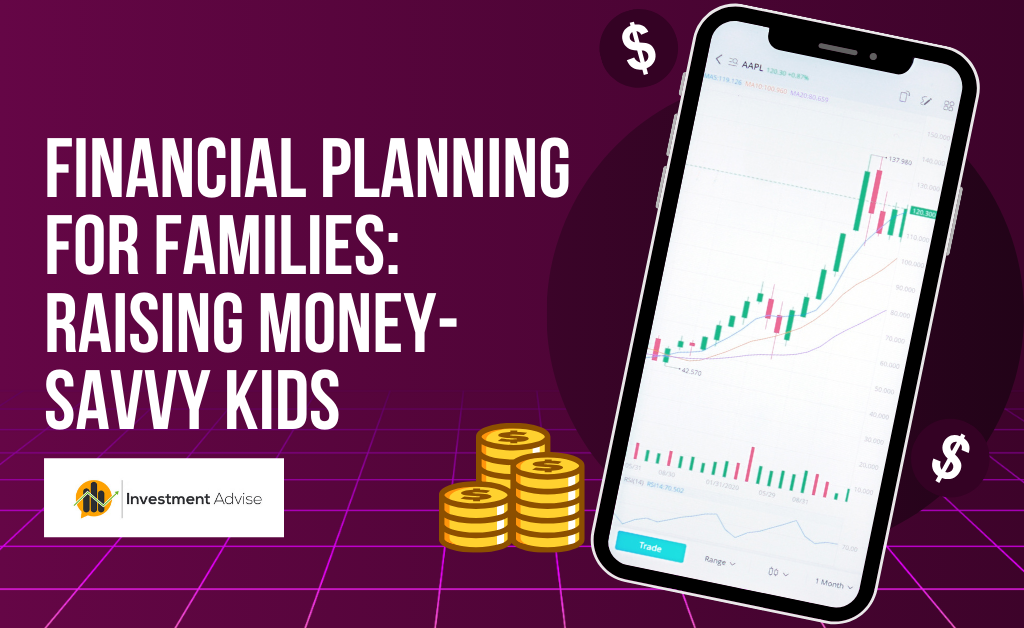Life is unpredictable. Unexpected events like job loss, medical emergencies, or car breakdowns can disrupt our financial stability. This is where an emergency fund comes to the rescue. But how much should you save? Let’s dive in.
Understanding the Importance of an Emergency Fund
An emergency fund (personal finance 5) is a safety net that protects you from financial turmoil during unexpected challenges. It’s a pool of money readily accessible to cover essential expenses like rent, utilities, food, and transportation. Without this cushion, you might be forced to resort to high-interest loans or credit cards, digging yourself into a deeper financial hole.
How Much is Enough?
The golden rule is to save three to six months’ worth of living expenses. This amount should cover your essential costs without extravagant spending. However, this is just a general guideline. Factors like your job stability, dependents, and overall financial situation influence the ideal amount.
- High job security: If you work for a stable company with a low risk of job loss, you might consider a lower emergency fund.
- Self-employed or in a volatile industry: Aim for six to twelve months’ worth of expenses to weather potential income fluctuations.
- Multiple income earners: If you and your partner both have stable jobs, you might be able to get away with a smaller emergency fund.
- Dependents: Having children or elderly parents increases your financial responsibilities, so a larger emergency fund is advisable.
- Significant debts: If you have substantial debts, you might need a larger emergency fund to cover unexpected expenses without resorting to credit.
Building Your Emergency Fund
- Start small: Even if you can only save a little at a time, it’s a step in the right direction. Every dollar counts.
- Automate savings: Set up automatic transfers from your checking account to your savings account. This makes saving effortless.
- Prioritize saving: Treat saving as a non-negotiable expense. Allocate a portion of your income to your emergency fund before paying other bills.
- Find extra income: Consider side hustles or selling unused items to boost your savings.
- Be patient: Building an emergency fund takes time. Don’t get discouraged if you can’t reach your goal immediately.
Where to Keep Your Emergency Fund
Your emergency fund should be highly liquid and accessible. A high-yield savings account is an excellent option. It offers a competitive interest rate while allowing you to withdraw your money quickly. Avoid investing your emergency fund in stocks or other volatile assets as you might need the money unexpectedly.
Going Beyond the Basics
While three to six months of living expenses is a solid foundation, consider building a larger emergency fund for added peace of mind. This “extra cushion” can help you navigate major life events like buying a home or starting a business without dipping into your long-term savings.
Remember, an emergency fund is a proactive step towards financial security. By prioritizing saving and making it a consistent habit, you’ll be well-prepared to face life’s unexpected challenges confidently.














